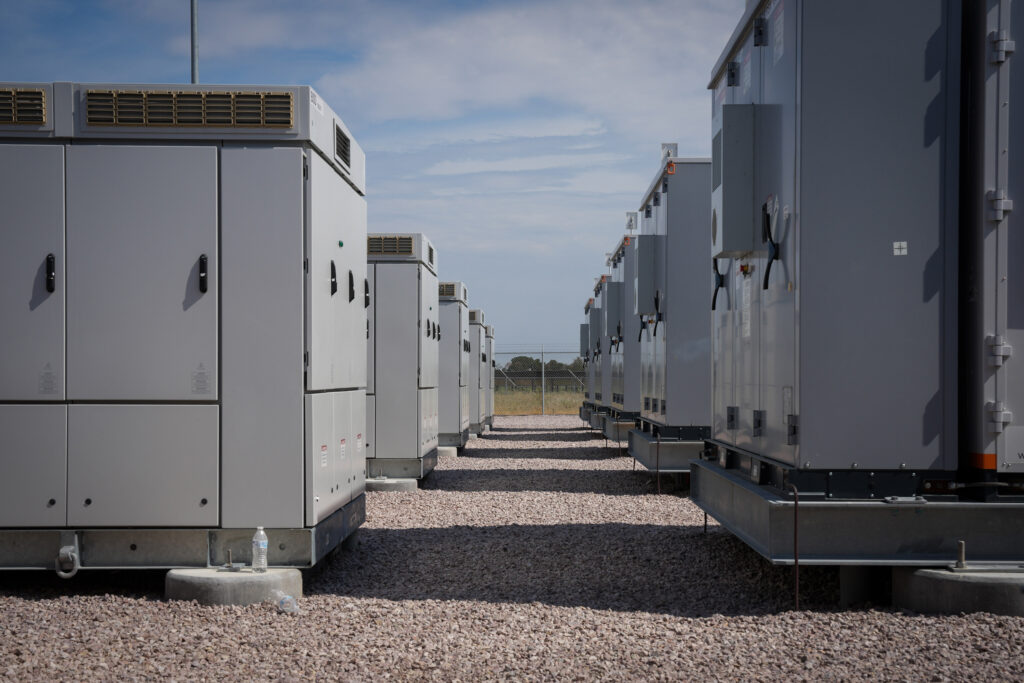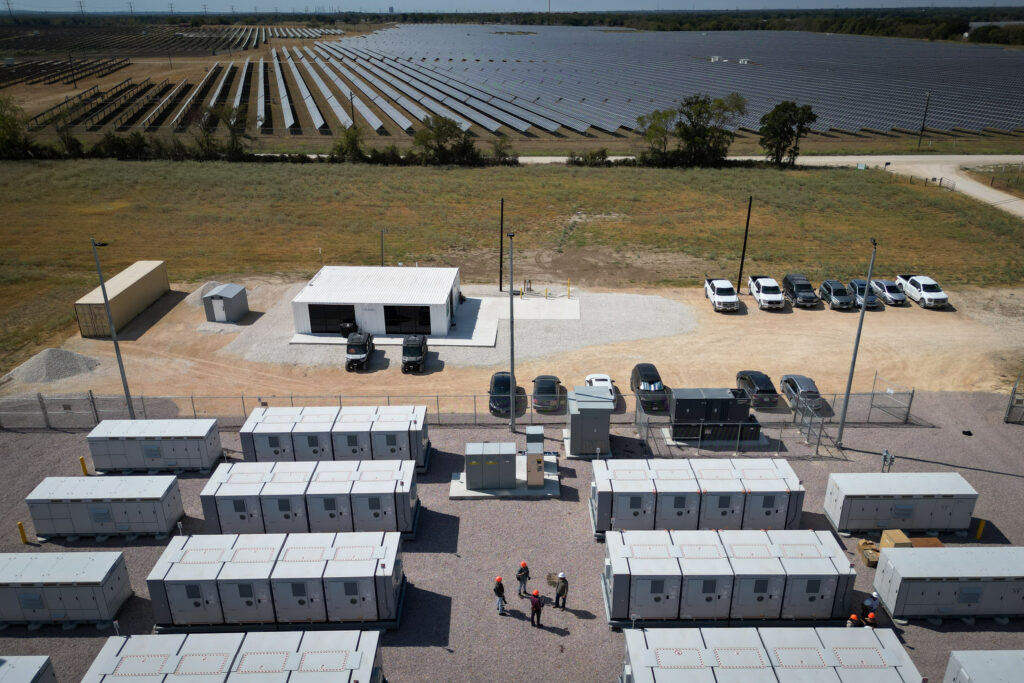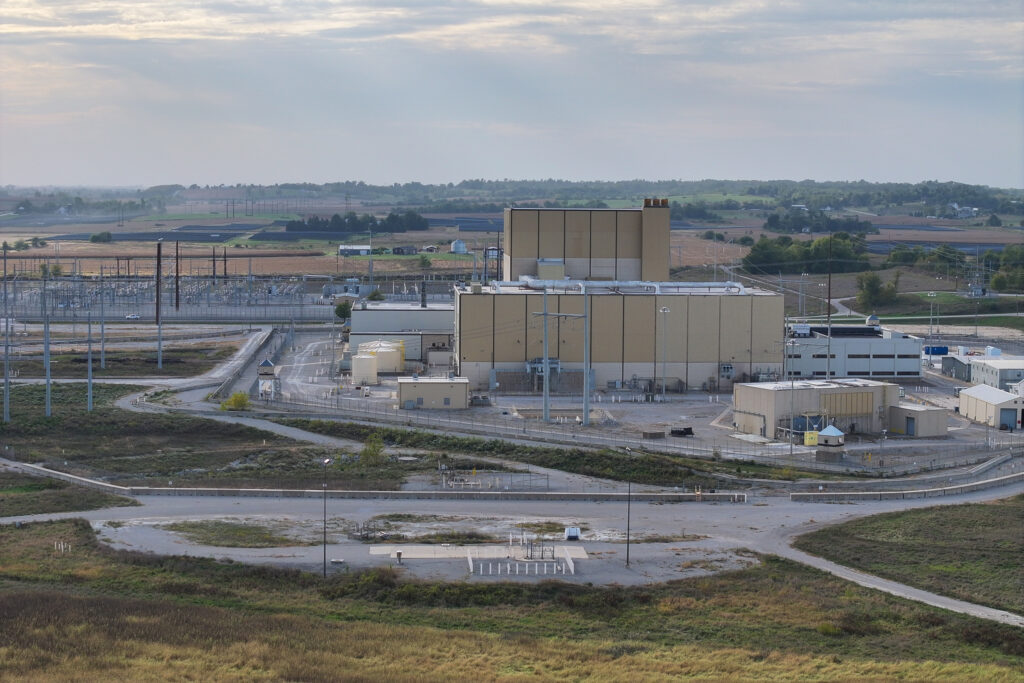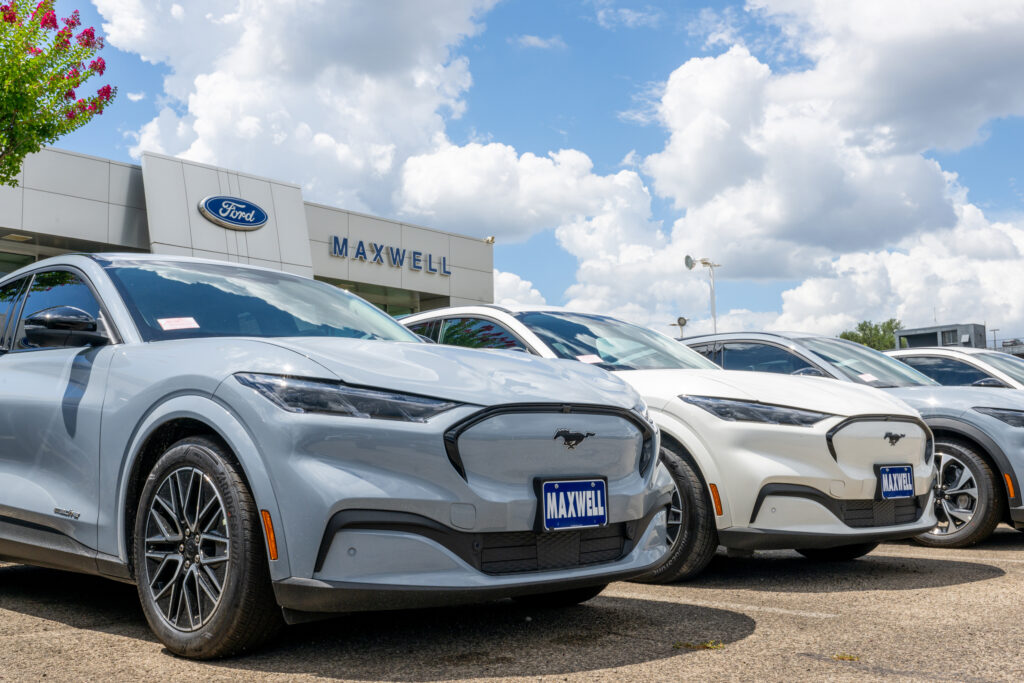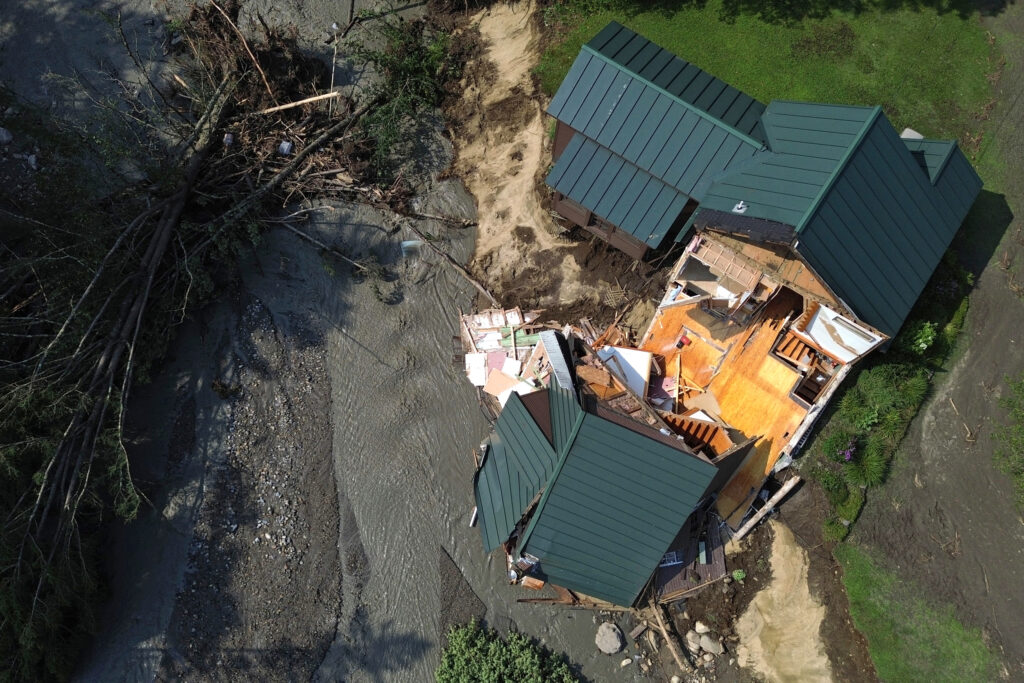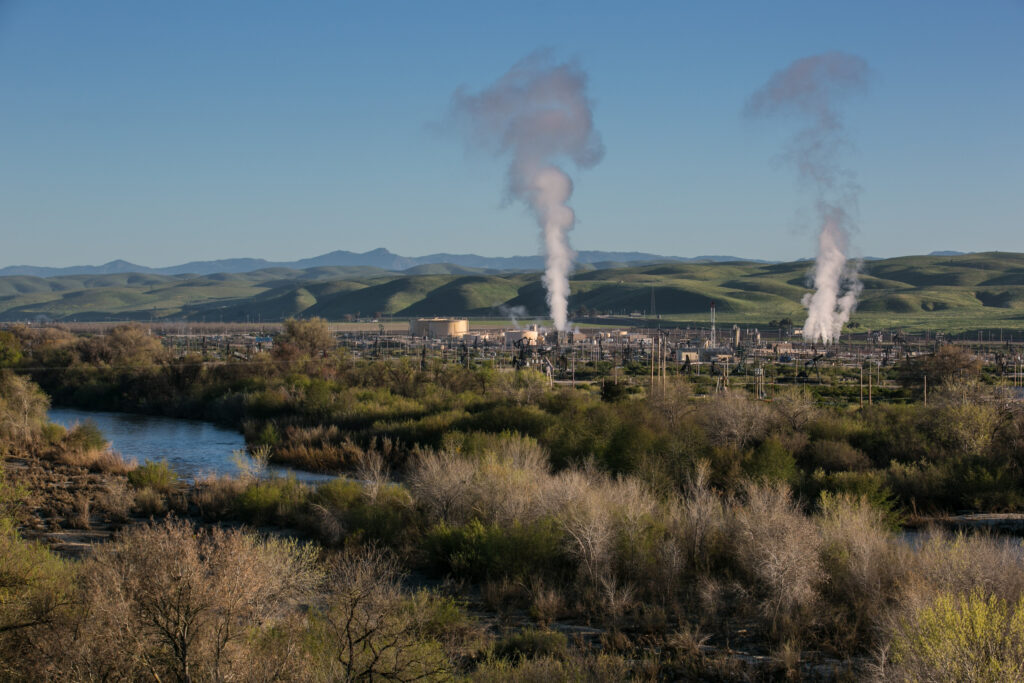The global transition to clean energy has a cost, but it may be a lot lower than the figures that sometimes get thrown around. The differences are large, amounting to trillions and even tens of trillions of dollars.
A new analysis from RMI, the clean energy research and advocacy group, identifies what its authors say is a basic flaw in many of those estimates: They don’t fully take into account the decrease in fossil fuel spending.
“This kind of narrative that there’s a massive surge in capital that’s required is simply incorrect,” said Kingsmill Bond, a co-author of the report and an analyst for RMI whose work covers the financial side of the energy transition.
We’re hiring!
Please take a look at the new openings in our newsroom.
See jobs
The report finds that global capital spending (money used for equipment and property, among other things) on energy supply is on track to be about $2.5 trillion in 2030, up from $2.2 trillion in 2023.
“It’s 2 percent per annum growth,” Bond said. “On a net basis, it’s not much.”
The RMI analysis doesn’t take into account any of the financial benefits of limiting the harm of climate change, such as reduction in heat-related medical issues and property damage.
The report serves as a counterpoint to estimates from organizations including McKinsey & Company and the International Energy Agency.
McKinsey, the management consulting firm, said in a 2022 report that spending on energy and land-use systems in the net-zero transition would cost an average of $9.2 trillion per year between 2021 and 2050, which is an annual increase of about $3.5 trillion per year from what was then the current spending level. McKinsey’s authors noted that this increase would be the equivalent of half of global corporate profits and one-quarter of global tax revenue.
That sounds scary—and it’s misleading, according to Bond.
McKinsey is making an unfair comparison, he said, because the global economy and energy spending are both growing, and would grow regardless of whether the system was based on fossil fuels or not.
A fairer comparison would be between an economy aiming for net-zero emissions and one with a “business as usual” scenario with a slower transition to clean energy, he said. McKinsey includes this kind of comparison later in its report, showing that the average annual increase for a net-zero scenario is about $1 trillion per year. (McKinsey did not respond to a request for comment.)

IEA says that capital spending on energy was $2.8 trillion in 2023 and will rise to more than $4 trillion in 2030 under the “net zero emissions” scenario, which is one of the several scenarios in its World Energy Outlook. (Paris-based IEA does research to help its 31 member countries, including the United States, plan and manage to meet their energy needs.)
Bond and his co-authors argue that IEA is misleading in its estimates because it is lumping together several categories of capital costs, some of which are more appropriate to include than others.
I asked IEA for a response.
“It’s a bit difficult to respond as many of the points are unclear or couched quite vaguely,” said Tim Gould, IEA’s chief energy economist, in an email.
He said IEA clearly accounts for declines in fossil fuel capital spending, so he thinks this aspect of RMI’s critique is misplaced.
The clash is largely about how those declines are calculated and communicated. I can see what RMI is saying and can also understand why IEA is confident in its approach.
It’s important to specify that RMI’s report uses IEA spending estimates as the basis of its analysis, so the two have a lot in common. The difference is that RMI is making what the authors say are justified adjustments to IEA’s numbers as part of a larger argument that a decline in fossil fuel spending should be viewed as reducing the cost of the energy transition.
I find Bond’s way of framing this topic to be compelling, including the idea that the world has more than enough money to pay for a rapid transition.
But there are some shortcomings in speaking so broadly about a shift whose pace will vary a lot by country and region. The report acknowledges that there is a lack of available data to estimate costs in emerging markets, like regions within Africa. If the transition in those places is unusually slow and expensive, it could undercut the main thrust of the report’s argument.
Bond said he and others at RMI are working to get a better handle on costs in the places where this information is often lacking.
One of my main takeaways from this report is that the transition to clean energy is not some strange thing with astronomical costs that should be feared. It’s the track we’re already on.
The key question is not the destination, but how quickly we will get there. Fossil fuel companies have a lot to gain from a slow transition, and that’s what animates much of the discussion we’re having and will continue to have.
Other stories about the energy transition to take note of this week:
Elon Musk Wants More Control of Tesla: Tesla CEO Elon Musk wrote on Monday that he is “uncomfortable growing Tesla to be a leader in AI & robotics without having ~25% voting control.” The message, posted on X, the social media platform he owns, shows that he is unsatisfied with his current 13 percent stake in the company, and also emphasizes his view that Tesla is not mainly a car company even though it makes most of its money from cars. As Lora Kolodny reports for CNBC, Tesla’s board must now balance the demands of its CEO with concerns about how best to be accountable to the company’s other shareholders.
BMW Has Passed the Tipping Point and Is Now Mostly an EV Company, CFO Says: Walter Mertl, the chief financial officer of BMW, said his company now generates most of its sales growth from electric vehicles, and he believes that 2023 was a tipping point away from internal combustion engines, as Victoria Waldersee and Christina Amann report for Reuters. EVs were just 15 percent of BMW’s sales last year, but environmental regulations and changes in consumer preferences mean that EVs are the future.
This story is funded by readers like you.
Our nonprofit newsroom provides award-winning climate coverage free of charge and advertising. We rely on donations from readers like you to keep going. Please donate now to support our work.
Donate Now
States with Big Climate Goals Strip Local Power to Block Green Projects: Michigan’s recent law gives the state government greater authority to approve construction of renewable energy projects, part of a larger trend of states limiting local governments’ ability to stop projects, as Joey Cappelletti and John Hanna report for the Associated Press. This is a phenomenon I’ve written a lot about, specifically the dynamics of local opposition and how states sometimes push back to allow projects. Ideally, local officials would decide whether to approve local projects, but this principle has been muddied by organized opposition groups that have slowed and complicated development.
A Change From Coal to Solar in Rural Minnesota Is Like Taking 780,000 Cars Off the Road: On New Year’s Eve, Xcel Energy shut down one of three generating units at the coal-fired Sherburne County Generating Station in Becker, Minnesota. The utility will partially replace the electricity generation it’s losing by building a 710-megawatt solar farm, as my colleague Kristoffer Tigue reports for ICN. Xcel is in the process of closing all of its coal-fired power plants, and will shut down the remaining units at the Sherco plant, as it’s called, by 2030. Becker, the host community, is becoming an important test case for how to manage the transition to clean energy in a way that reduces the harm to the places that stand to lose jobs and investment. The solar project won’t come close to fully replacing the jobs of the coal plant, and Xcel and the state government are working to help Becker to come out of this transition with a strong local economy.
IEA Says Renewables Growth Puts COP28 Goals Within Reach: Global renewable energy generation is on track to grow by 2.5 times by 2030, but it needs to grow by three times to be on track to meet the goals articulated a few months ago at COP28, according to the International Energy Agency. Diana DiGangi of Utility Dive has a rundown of IEA’s new report on the growth of renewable energy, a document that has a lot of encouraging news about the pace of growth.
Yes, Wind Turbines Kill Birds, but Fracking Is Much Worse: A recent paper finds that hydraulic fracturing for oil and gas has a negative effect on bird populations that is greater than the harm done by wind farms, as Sammy Roth writes in the Los Angeles Times. The paper, by a University of Geneva environmental economist, is a clever bit of whataboutism, touching on a common objection to wind farms—that wind turbines kill birds—then turning the tables on the fossil-fuel-friendly people who often elevate concerns about bird deaths. “It’s definitely important that we limit the harm to wildlife from wind turbines, solar farms, transmission lines and other clean energy projects, by putting them in the best places and designing and operating them as safely as possible,” Roth writes. “But it’s more important to build as many clean energy projects as we can, as fast as we can. There’s no greater threat to animals, plants or humans than a rapidly heating planet.”
Inside Clean Energy is ICN’s weekly bulletin of news and analysis about the energy transition. Send news tips and questions to [email protected].





